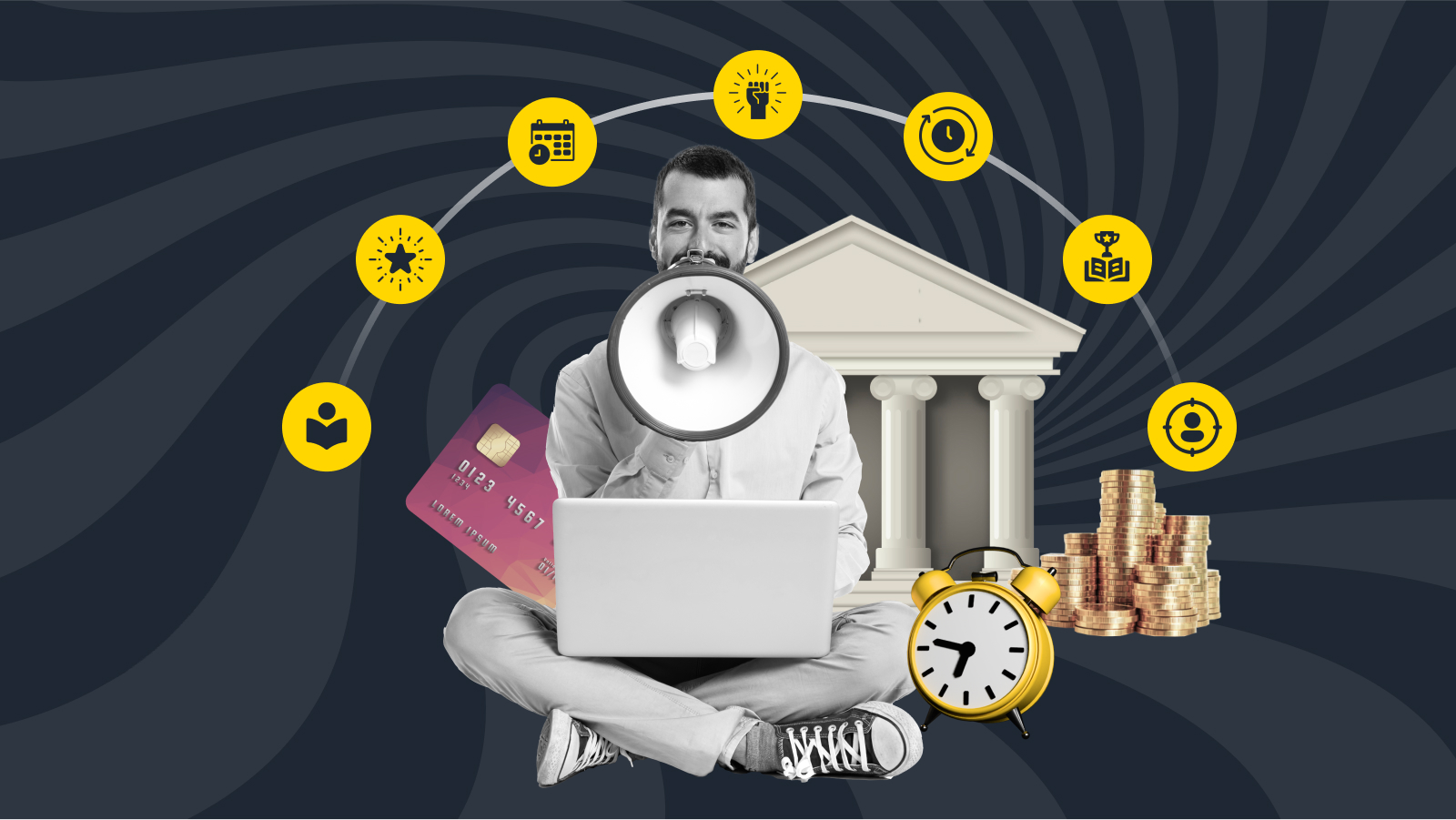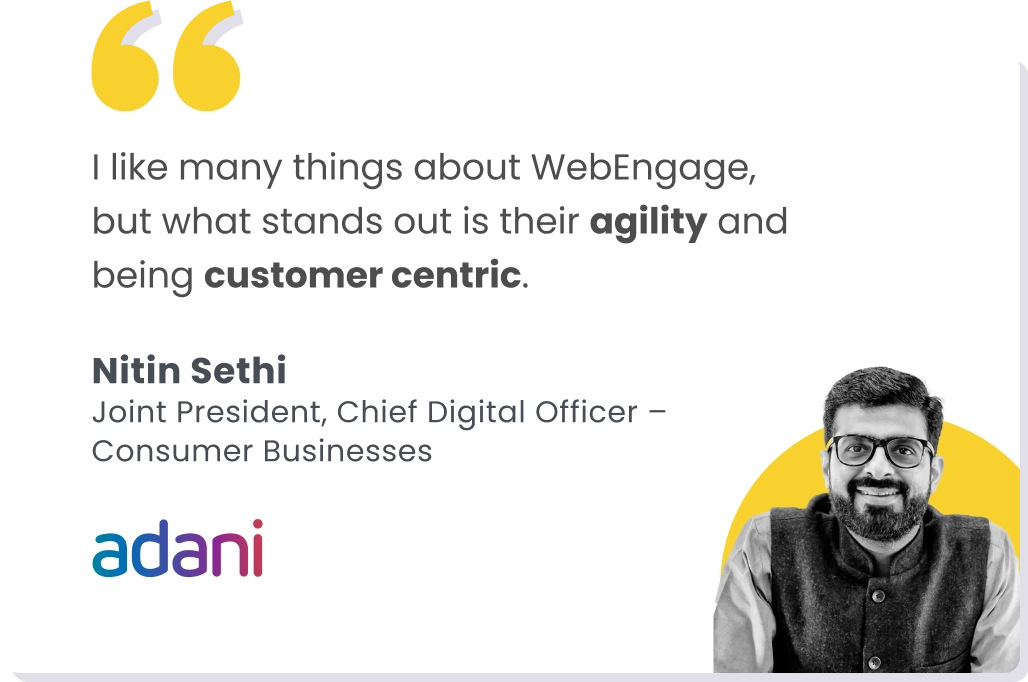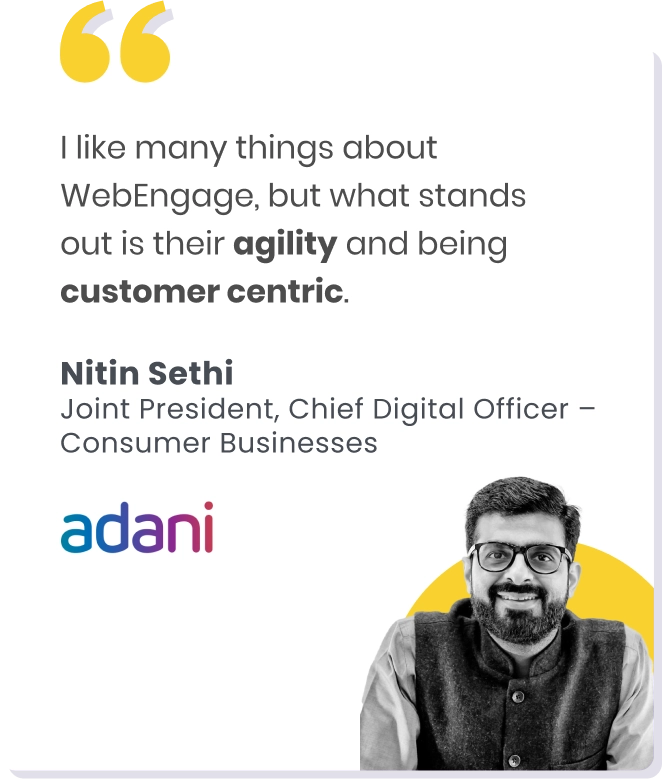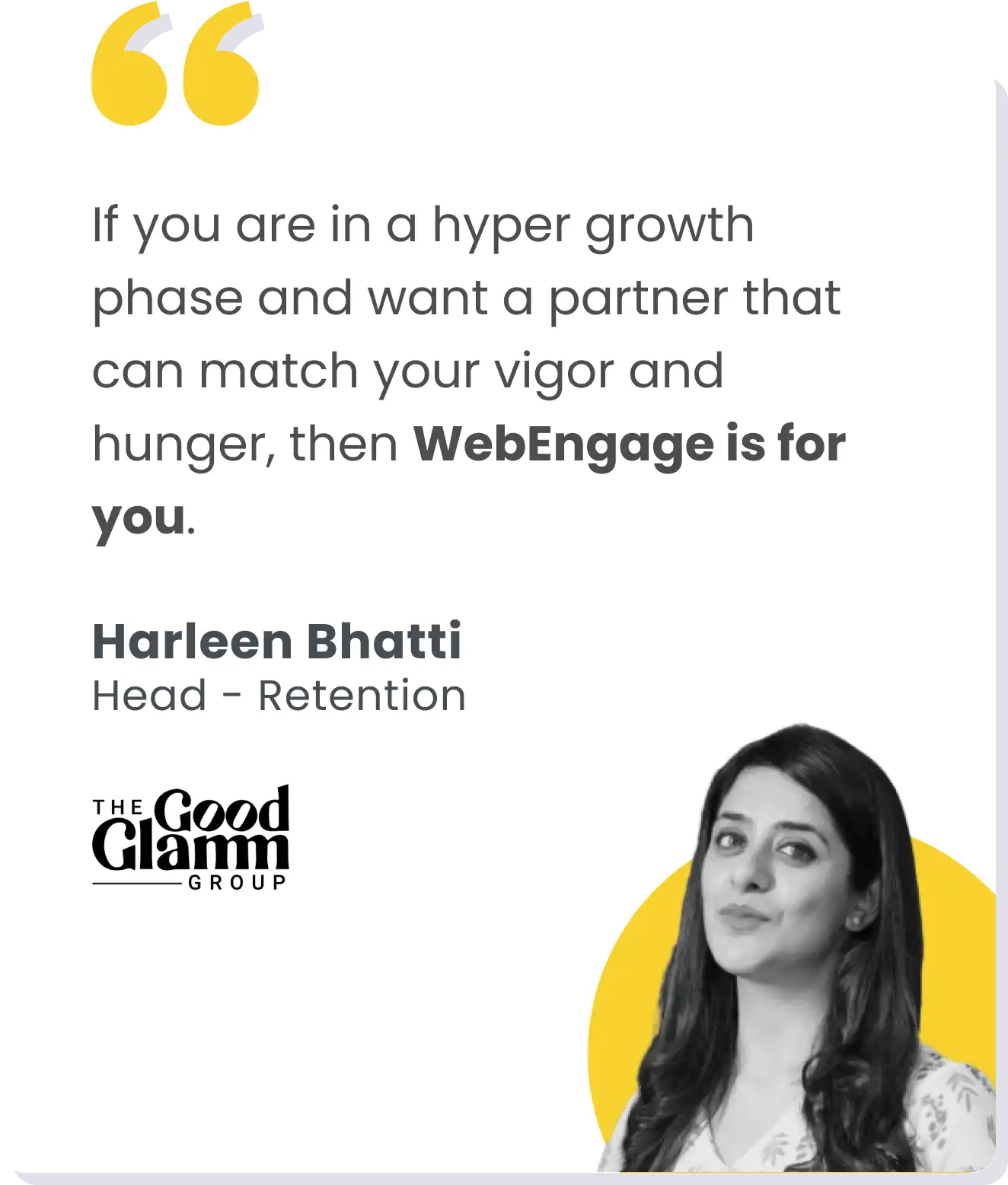Join Leaders in Martech Dinner w/ WebEngage ✨, an invite-only evening to crack the 2025 Martech code over growth conversations.
🗓️ Friday, 6 June | 🕖 19:00 – 22:30
Request to Join
8M +
Shopping moments personalized
400M +
Monthly Active Users engaged
45B+
Messages sent monthly
$12B
Additional revenue delivered
Join 1,00,000+ marketing geniuses who get insights from WebEngage!
Subscribe to our FREE weekly newsletter to be up-to-date with the latest trends and developments.

Product
Resources
Interactive Calculators
Company
- Privacy Policy
- Terms of Service
- Subscription
- SLA
- © WebEngage 2025
























